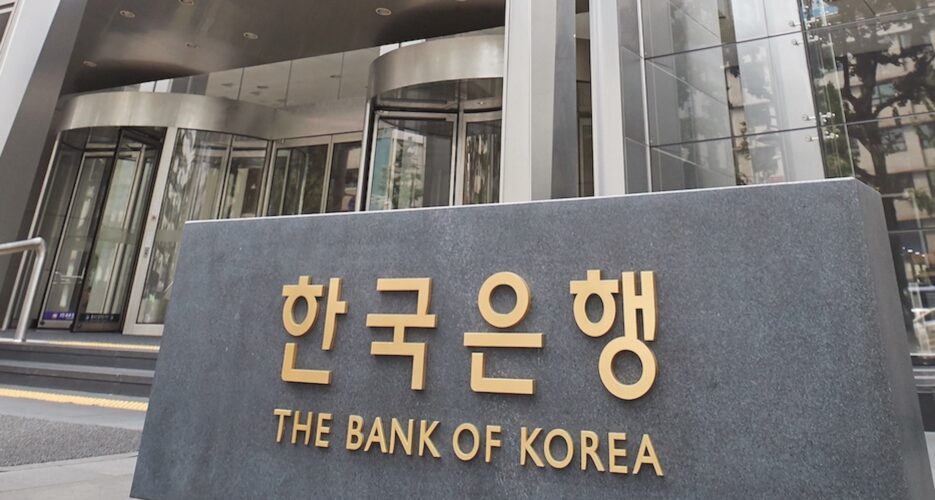While SVB-style bank run is unlikely, smaller ROK financial institutions are more vulnerable
The failure of the Silicon Valley Bank (SVB) has rattled markets in the U.S. and raised fears that other banks could follow suit. While the effects in Asia have so far been minimal, the high-profile collapse nonetheless raises questions about the health of South Korea’s own banking system.
SVB was a medium-sized bank by U.S. standards, and its collapse had a limited direct impact on South Korean investors. SVB collapsed due to distinctive investment strategies and rising interest rates.
The failure of the Silicon Valley Bank (SVB) has rattled markets in the U.S. and raised fears that other banks could follow suit. While the effects in Asia have so far been minimal, the high-profile collapse nonetheless raises questions about the health of South Korea’s own banking system.
SVB was a medium-sized bank by U.S. standards, and its collapse had a limited direct impact on South Korean investors. SVB collapsed due to distinctive investment strategies and rising interest rates.
Get your
KoreaPro
subscription today!
Unlock article access by becoming a KOREA PRO member today!
Unlock your access
to all our features.
Standard Annual plan includes:
-
Receive full archive access, full suite of newsletter products
-
Month in Review via email and the KOREA PRO website
-
Exclusive invites and priority access to member events
-
One year of access to NK News and NK News podcast
There are three plans available:
Lite, Standard and
Premium.
Explore which would be
the best one for you.
Explore membership options
© Korea Risk Group. All rights reserved.
No part of this content may be reproduced, distributed, or used for
commercial purposes without prior written permission from Korea Risk
Group.












